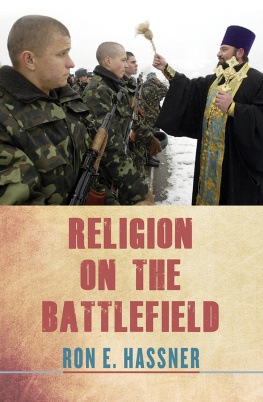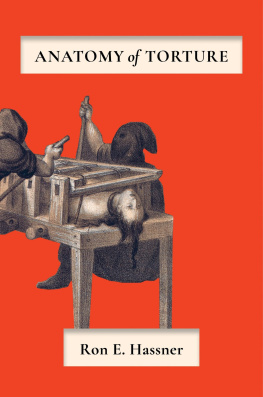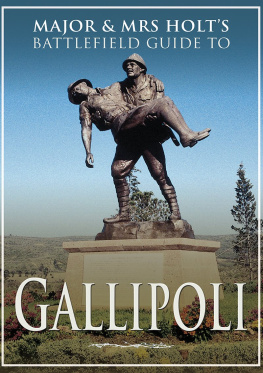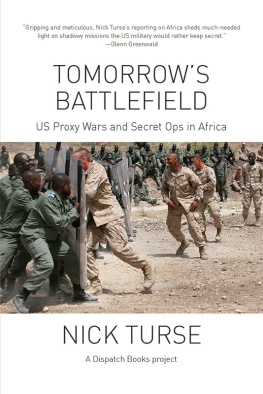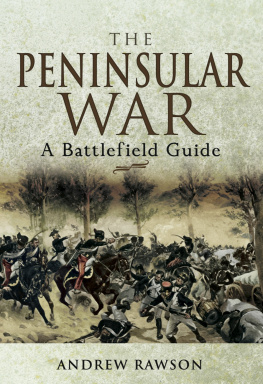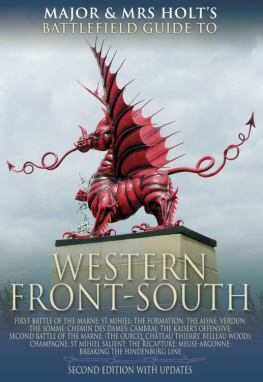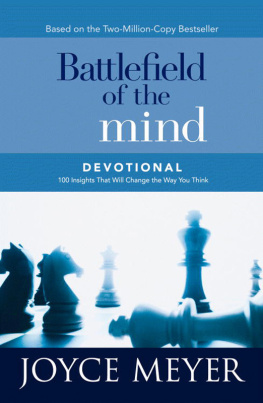C HAPTER 1
Why?
Religion as a Cause of War
How does religion shape the modern battlefield? In the following pages, I argue that religion acts as a force multiplier, both enabling and constraining military operations. This is true not only for insurgents and terrorists motivated by radical religious ideas but also for professional soldiers, including contemporary U.S. soldiers, who have to contend with religion as a constant feature of their landscape. Like other environmental factors, such as topography or climate, religion relentlessly affects the calculus of war. And, as with these other factors, combatants have learned to adapt and even exploit the attributes of religion to their advantage. In the last century, religion has influenced the timing of attacks, the selection of targets for assault, the zeal with which units execute their mission, and the ability of individual soldiers to face the challenges of war. Religious ideas have not provided the reasons why conventional militaries fightbut religious practices have influenced their ability to do so effectively. The religion of our soldiers has served to motivate or inhibit combat. The religion of our opponents has created opportunities for exploitation and temptations for overexploitation, prompting backlash.
This is not a book about fanatic insurgents or Islamic suicide bombers. Unlike recent scholars of religion and war, I am not interested in how extreme religious ideas propel individuals into battle. My interests lie in everyday religious practices: the prayers, rituals, fasts, and feasts of the common religious practitioners who make up the bulk of the adversaries, bystanders, and observers in twentieth-century wars. To show that religious practices have influenced battlefield decision making, even in the absence of fundamentalism and radicalism, I draw most of the examples in this book from major wars between Western militaries. We do not need to fall back on ethnic or sectarian conflicts, wars of religion or wars for religious ends, to show that religion influences war. Instead, I focus on hard casesmodern, rational, and bureaucratized military organizations conducting conventional warfareto show that, even under conditions that favor rational combat, religion has to be taken into account.
My goal in this introductory chapter is fourfold. First, I briefly review the existing literature on religion and war. I show that it has privileged the question of motivationthe why question about religion as a cause of warat the expense of a wide range of alternative questions we might ask about religion and the shape of war, questions such as when, where, who, and how. It is questions such as these that I begin to address in this book. Second, I outline my approach to religion, which centers on practices relating to the sacred. In the third section, I exemplify this practice-centered approach by exploring the puzzling pattern of combat deaths among British chaplains in World War I. In the fourth section, I turn to the lessons that scholars and practitioners of international security might draw from this volume. I explore the four primary effects that a particular religious setting can have on a military organization or its target. Two of these effects, which I call motivation and exploitation , are force multipliers; the other two, inhibition and provocation , are force dividers. I illustrate several of these effects at work in a brief study of the Allied bombing of the Monte Cassino Abbey in World War II.
The ensuing chapters in this book explore the two force-multiplying and two force-dividing effects of religion in four religious-issue areassacred time, sacred space, sacred authority, and sacred ritualscorresponding to the questions when, where, who, and how, respectively. In the concluding chapter, I turn to the recent counterinsurgency campaign in Iraq to show that religious practices play their force-multiplying role, with yet greater force, in that more familiar setting.
Scholars of international relations conceive of religion as a deviant and irrational set of ideas that propel radical nonstate actors into conflict. To use the language of social constructivists, scholars have emphasized the constitutive effects of religion at the expense of its regulative effects.is true for secular as well as religious combatants, be they nonstate violent actors or conventional military forces. Studying religion and violence cannot just mean studying other peoples religion and other peoples violence. It must also include studying the day-to-day religion of our soldiers and its effects on combat operations.
What Do We Know about Religion and War?
The study of religion and waronce a minor preoccupation of political scientistsboomed in the 1990s and skyrocketed at the start of the new millennium.
This sudden surge of interest is attributable to world events, starting with the Yugoslav civil war and culminating with U.S. incursions into Afghanistan and Iraq. But it can also be traced, in no small part, to the popularity of Samuel Huntingtons work on religion, to this day the most widely cited academic source on the topic. This historical and academic setting helps explain the preoccupation of analysts with understanding the causes, as opposed to the characteristics, of religious conflict and with locating those causes in religious ideas rather than in religious practices.
Since the end of the Cold War, political scientists have relied on religion to answer one pressing question about war: Why? The answer, provided by Huntington and his followers, is that clashing religious identities provide an inevitable source of conflict. Huntington cared little about the roots of these religious identities. For example, he dedicates less than one page of The Clash of Civilizations to highlighting some of the differences between Christianity (separate realms of God and Caesar) and Islam (a religion of the sword), reducing both religions to a simplistic version of their formal beliefs.
Indeed, Huntingtons proposal that differences in religious identity suffice to explain conflict led many scholars to forgo the study of religious ideas altogether. In these often rationalist analyses, religion is seen as a proxy or cover for some other set of interests or strategies.
This research trajectory has yielded contradictory and ultimately disappointing findings. Whereas most scholars have refuted Huntingtons claims, others have confirmed them.
Why have studies of religion as a cause of war yielded such incongruous findings? The problem, in part, has to do with the fixation on religious identity as a stand-in for religion. Most of the state and nonstate actors that participate in conflict have no obvious religious identities. Scholars have felt the need to assign crisp identities to the participants in conflict but have been unable to agree on which indicators to use, let alone how to quantify these. Some scholars have relied on the religious identity of the majority of
Another possible reason for the limited success of this path of inquiry is that religion is simply not a prominent cause of war. Contrary to widespread impressions outside academia, most scholars of international conflict have sought the causes of modern wars elsewhere. Indeed, religion may never have provided a primary reason for conflict, not even during the Crusades or the so-called wars of religion. Several terrorist organizations and some insurgent groups brandish religious symbols and proclaim religious grievances and goals, sincerely or otherwise. But the majority of violent actors in the international arena are driven to war in a quest for security, territory, and resources, as the international relations literature has established very clearly. Religion influences and shapes war, as I show throughout this book, but states and would-be-state actors have far more concrete priorities in mind when they launch costly conflicts.

